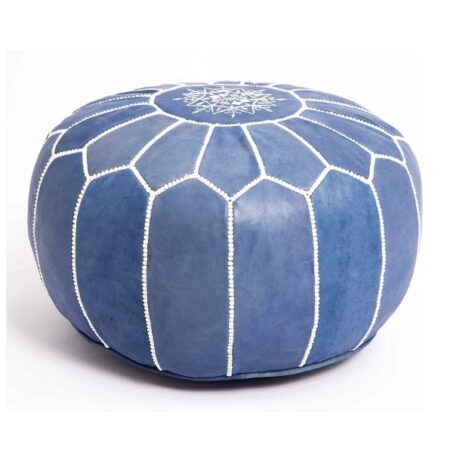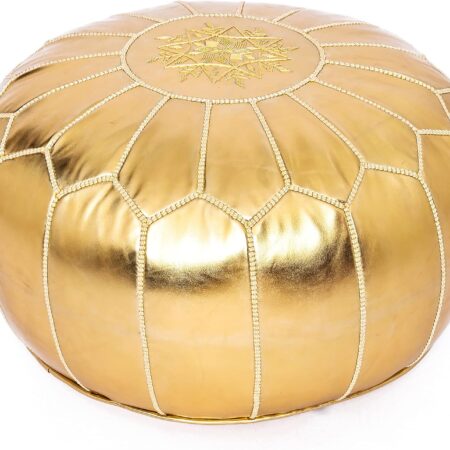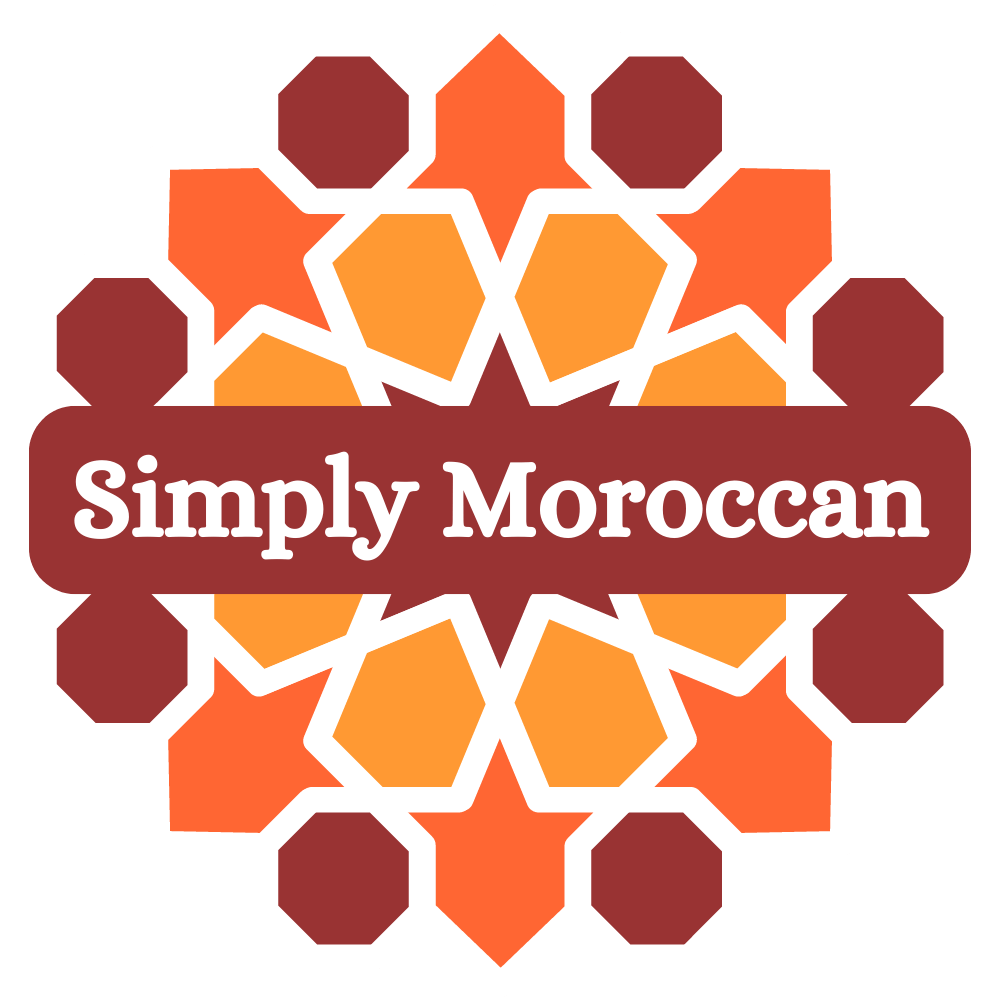-
 Add to WishlistAdd to Wishlist
Add to WishlistAdd to Wishlist -
 Add to WishlistAdd to Wishlist
Add to WishlistAdd to Wishlist



Simply Moroccan
Login to discover a world of unique wholesale treasures that will add a touch of authenticity to your collection
*Your privacy and security are our top priorities. We employ robust measures to safeguard your information and ensure a secure browsing experience.
© All rights reserved | Privacy Policy | Terms of Service | Contact Us